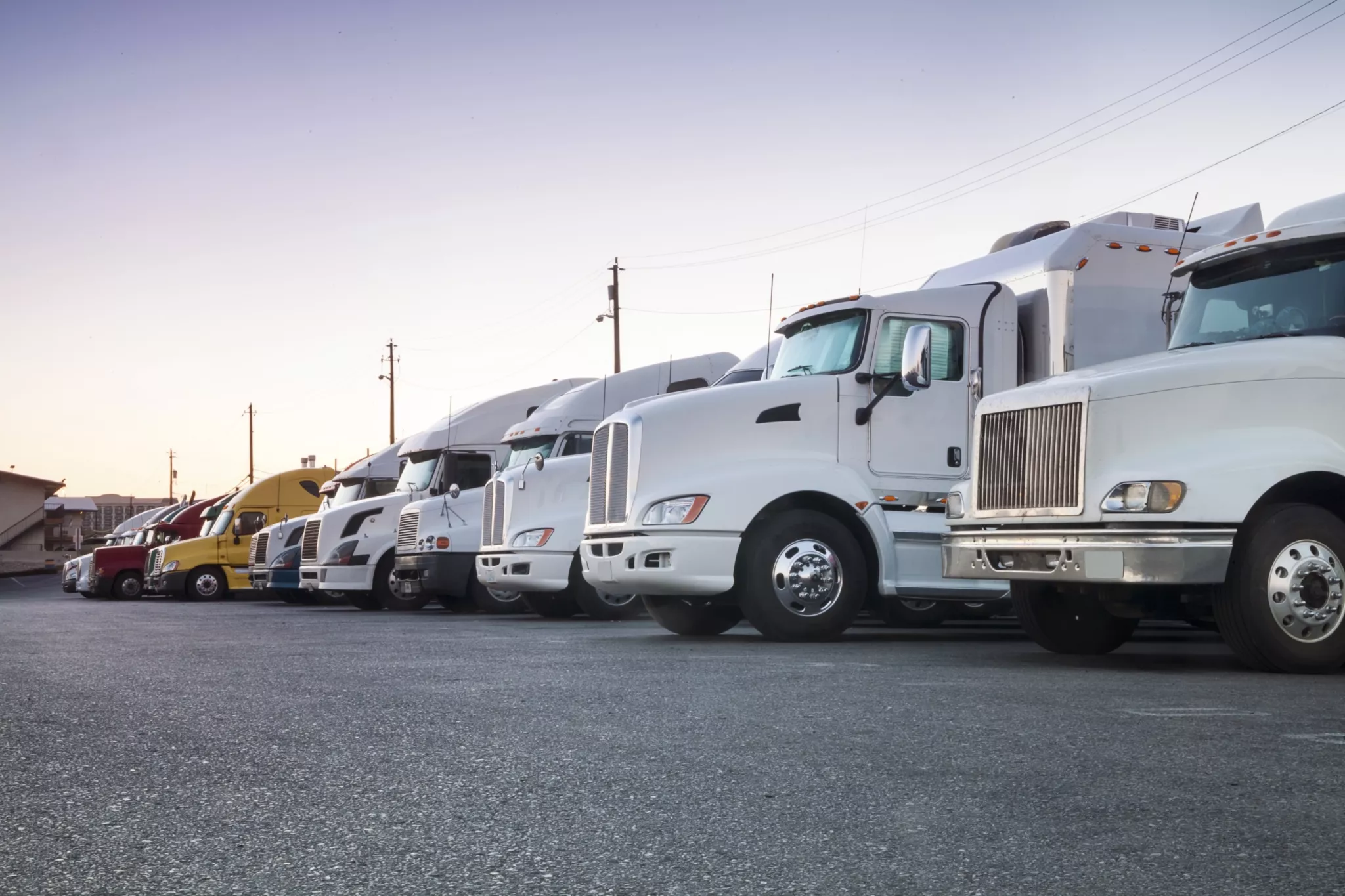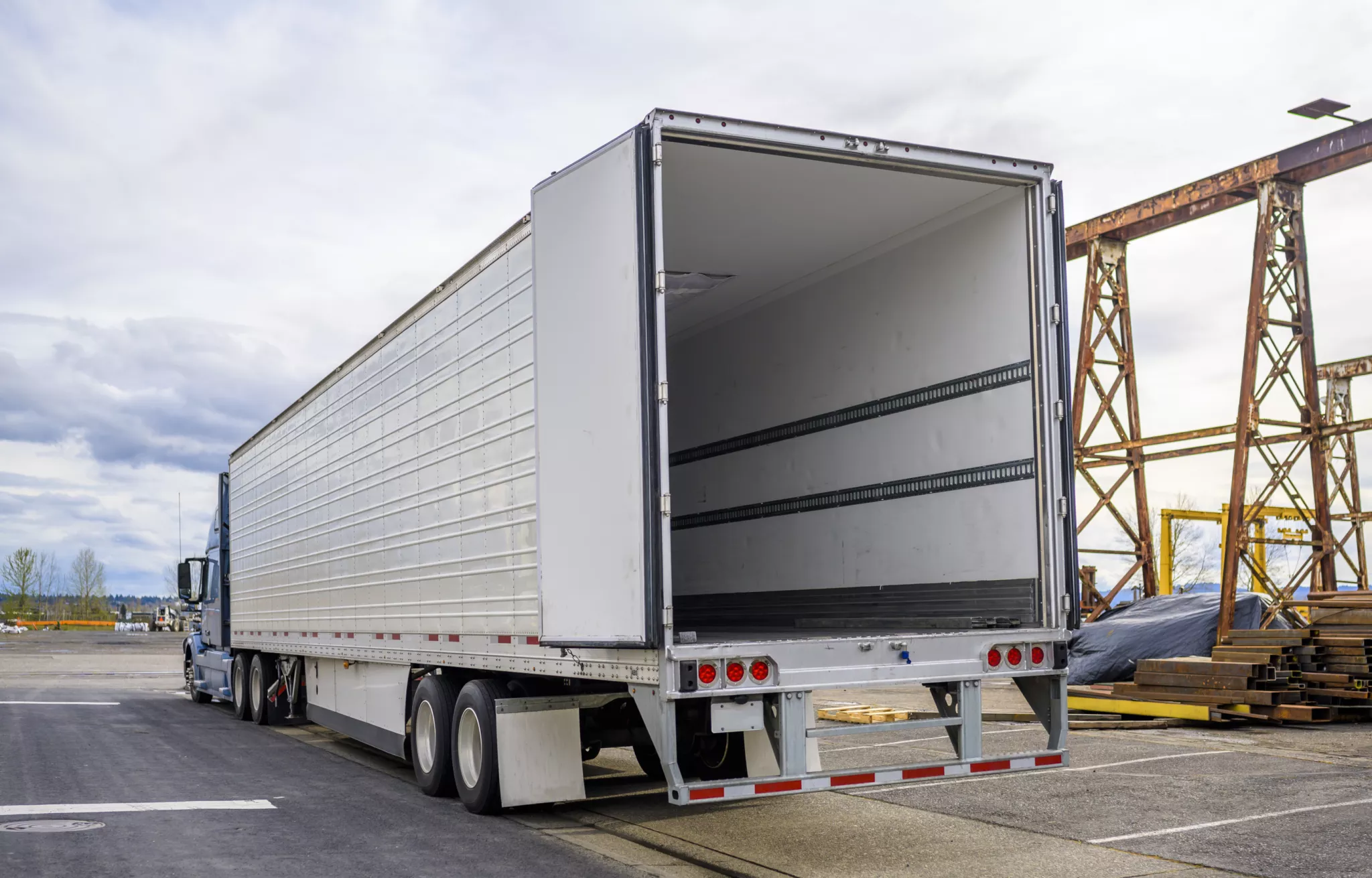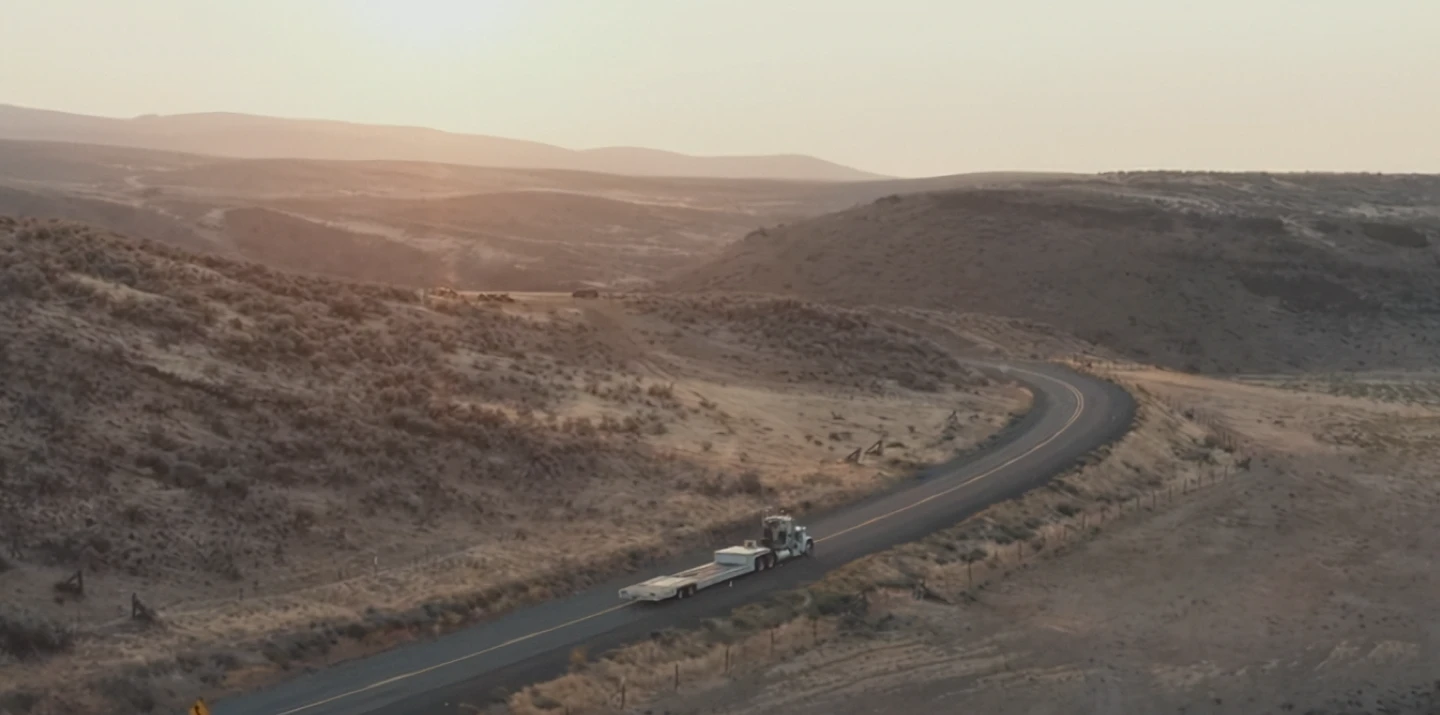Hot shot trucking, also known as hotshot hauling, revolves around transporting smaller and time-sensitive Less Than Truckload (LTL) shipments within a specified timeframe, typically to a singular destination or customer. Medium-duty trucks, often equipped with flatbed trailers, are commonly employed to deliver hot shot loads.
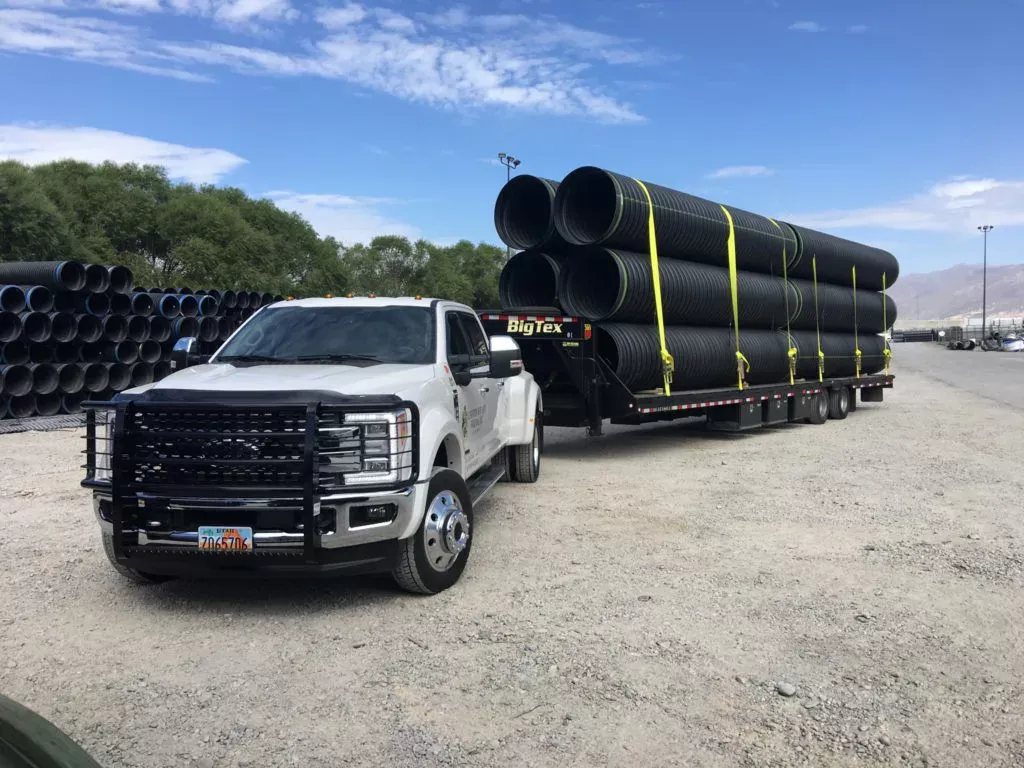
The requirements for hot shot trucks vary; some journeys are brief, while others may span state lines or even cross the entire country. In contrast to expedited shipping, where carriers maintain a fleet of vehicles on standby, hot shot hauling tasks are allocated to diverse drivers through load boards. This approach transforms hot shot trucking into an excellent opportunity for owner-operators seeking their next load or aiming to supplement their income.
In this detailed exploration, we delve into the workings of hot shot trucking, assess its advantages and disadvantages, and provide insights on discovering hotshot transport jobs and loads.
What is the role of hot shot truckers?
Hot shot drivers specialize in transporting small, time-sensitive loads that must be delivered within specific timeframes. The majority of hot shot truckers operate as independent owner-operators, owning their vehicles and securing loads through load boards. However, company drivers may also take on hotshot freight assignments.
Hot shot truckers typically possess expertise in transporting various types of loads and the requisite equipment for the task. They are drawn to hot shot loads due to the competitive pay, particularly when companies urgently require the swift delivery of equipment to prevent disruptions in productivity.
For instance, if a construction company urgently needs equipment delivered to a job site to maintain project timelines, they might list it on a load board as a hot shot load to ensure rapid hotshot delivery. Delays in equipment delivery can result in company downtime, project setbacks, and ultimately, lost revenue.
Truck types used for hot shot hauls
Hot shot haulage is flexible in terms of truck requirements. Hot shot truckers can utilize various types of vehicles, with the most prevalent being one-ton hotshot trucks categorized as “medium-duty” by the Federal Highway Administration (FHWA). While these trucks are generally considered non-commercial, they can be employed for hot shot trucking provided the operator has their operating authority, a USDOT number (for interstate hauling), liability insurance, and evidence of business ownership.
Hot shot trucks are typically classified as Class 3, 4, or 5:
- Class 3: These medium-duty trucks have a weight limit of 10,001-14,000 pounds and include models like the Chevrolet Silverado 3500, GMC Sierra 3500, Ford F-350, and Ram 3500. Essentially, they are standard heavy-duty consumer pickup trucks commonly used by contractors and last-mile delivery drivers, but they also serve well for hot shot logistics.
- Class 4: Medium-duty trucks in this class have a weight limit of 14,001-16,000 pounds and include examples like the Chevrolet Silverado 4500, Ford F-450, and Ram 4500. Although heavier, they are still categorized as non-commercial. If the plan involves hauling larger hot shot loads, a Class 4 pickup truck might be a wise investment.
- Class 5: With a weight limit of 16,001-19,500 pounds, Class 5 medium-duty trucks include models such as the Chevrolet Silverado 5500, Ford F-550, and Ram 5500. This class also encompasses some of the lighter commercial trucks like the Kenworth T170, Peterbilt 325, and International TerraStar. These trucks are suitable for hot shot hauling and offer versatility in handling different load sizes.
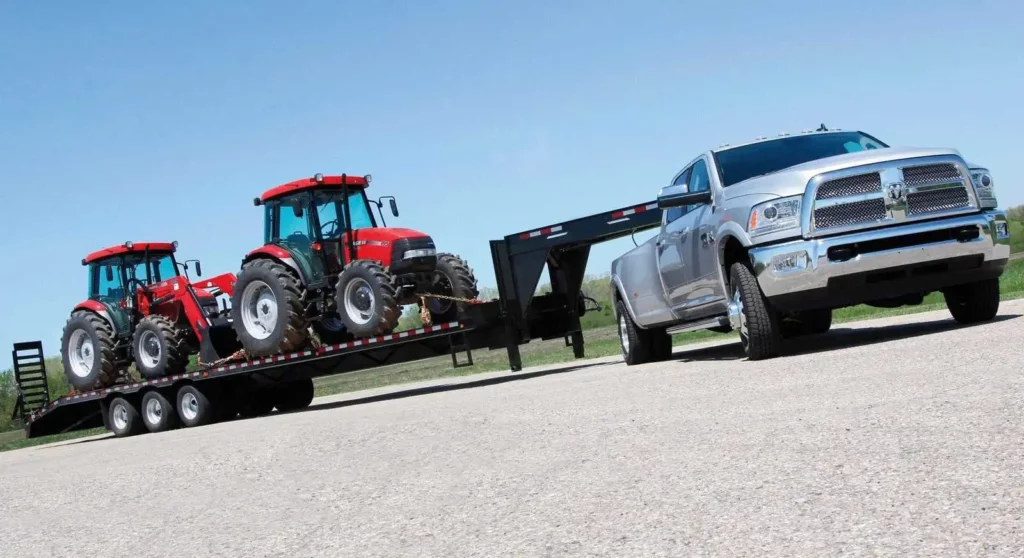
Trailer Options for Hot Shot Hauls
Selecting the right trailer is a significant decision, largely influenced by the chosen truck and the nature of the loads to be transported.
Bumper Pull Trailers
Bumper pull trailers are generally shorter and more cost-effective. They are user-friendly, making them popular among civilian drivers. However, a drawback is their limited capacity, typically hauling loads under 10,001 pounds. Heavier loads may cause swaying or instability.
Gooseneck Trailers
Prized for their stability and tighter turn radius, gooseneck trailers can handle larger, heavier loads. However, they may necessitate a special hitching system. For committed hot shot truckers, investing in a gooseneck trailer over a bumper pull trailer is advisable.
Tilt Deck Trailers
Tilt deck trailers tilt for easy loading of heavy cargo and can be leveled for transport. While they alleviate heavy lifting, they require regular maintenance due to their hydraulic systems, including filter and oil changes. Oiling moving parts is also essential to prevent rust.
Lowboy Trailers
Lowboy trailers boast a low center of gravity, ideal for transporting the heaviest loads. When detached, they lie flat on the ground. However, their minimal deck space limits the quantity of material they can carry, despite their ability to handle heavier loads.
Dovetail Trailers
Affordable and easily resellable, dovetail trailers are suitable for hauling cars or wheeled equipment. They have a drawback of hanging low at the back, making it challenging to ascend steep inclines without dragging. The protruding dovetails also increase the risk of rear-end collisions.
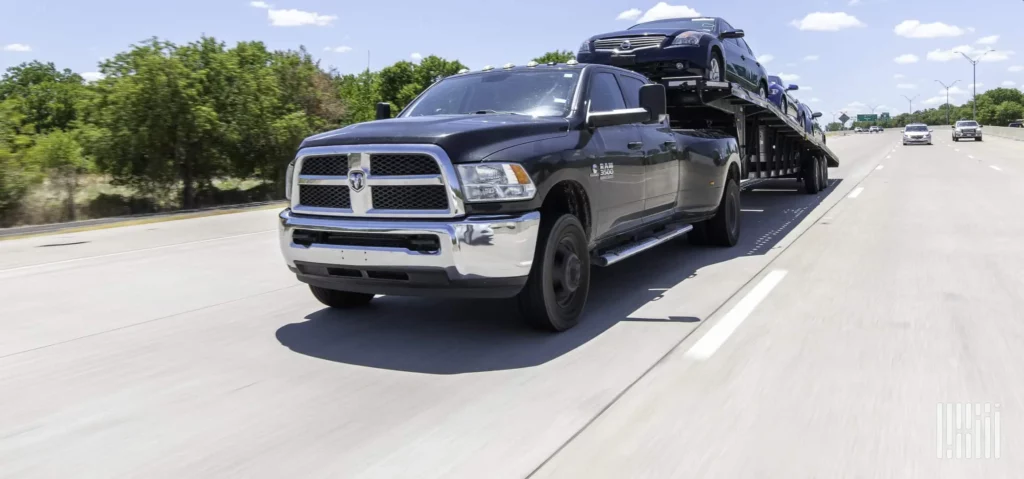
Pros and Cons of Hot Shot Trucking
Hot shot trucking presents an opportunity for substantial earnings and can serve as a rewarding side venture, especially when equipped with the appropriate gear while maintaining a regular job. Nonetheless, it’s not a universally suitable endeavor. Similar to other facets of the trucking industry, hot shot trucking entails both advantages and drawbacks, influencing it as both a career and a lifestyle.
Pros:
- Lower Initial Investment: Getting started in hot shot trucking requires a comparatively smaller investment. Class 3 trucks are more cost-effective than their Class 8 long-haul counterparts, and the associated insurance costs are also lower. This affordability appeals to drivers seeking independence without the burden of hauling large loads.
- Premium Rates: Hot shot jobs demand tight turnarounds, translating to premium rates for each assignment. Drivers have the autonomy to choose their loads, determine their driving schedules, and even set their own rates. The result is a reduced concern about downtime.
- Flexibility and Autonomy: Hot shot trucking provides a flexible schedule where drivers can decide which loads to accept and when to drive. The ability to set personal rates and minimize downtime enhances the overall autonomy of the profession.
- Exciting Challenges: Hot shot trucking offers an element of excitement, with diverse and interesting loads on almost every job. Many drivers relish the challenge and take pride in contributing to the timely fulfillment of customer needs.
Cons:
- Unstable Work: Relying solely on hot shot loads can lead to work instability. The compensation in hot shot trucking is based on mileage, making it challenging to anticipate a consistent owner-operator salary. Additionally, the need to be available for immediate load assignments and the inevitability of spending time deadheading to fulfill each job can contribute to the unpredictable nature of the work.
- Self-Maintenance Responsibilities: Hot shot truckers are responsible for maintaining their vehicles independently. This entails handling routine maintenance tasks and adhering to various regulations similar to those applicable to other carriers. These regulations encompass insurance requirements, compliance with hours of service (HOS) logging, and participation in drug and alcohol testing programs. Meeting these obligations adds to the demands of the profession and requires a proactive approach to vehicle upkeep and regulatory compliance.
What is the earning potential for hot shot drivers?
Hot shot drivers have the potential to earn over $100,000 annually, though this figure represents the upper echelon. Inquiries about hot shot drivers’ earnings yield a range of responses, as the income can vary significantly. The median yearly salary for owner-operators in hotshot trucking typically falls between $49,000 and $75,000.
Several factors influence the income of hot shot drivers, including:
- Time Commitment: The amount of time dedicated to hotshot trucking plays a crucial role in determining earnings.
- Equipment Quality: The type of equipment used for hauling loads contributes to the earning potential.
- Geographic Location: The region in which a driver operates can impact the available opportunities and overall income.
- Load Availability: The number of available loads, along with the types of loads, influences earnings.
- Experience Level: Years of experience in hot shot trucking contribute to a driver’s potential income.
- Fuel Prices: Fluctuations in fuel prices can affect overall profitability.
- Rate Structure: Personal rates set by the driver can significantly influence earnings.
Logistics and Prerequisites for Hot Shot Trucking
Before diving deeper into “what is a hotshot trucking?” , address essential paperwork. Even if driving a “civilian” truck, ensure commercial registration to avoid fines. As an owner-operator, manage accurate driving logs, adhering to Hours of Service (HOS) regulations and state-specific rules for interstate hauls. Prior to starting, follow these steps:
- Obtain a Commercial Driver’s License (CDL).
- Secure proper insurance (liability, physical damage, cargo).
- Obtain a USDOT and MC number for interstate commerce.
- Familiarize yourself with HOS regulations.
- Learn proper load securing techniques.
- Adhere to brake standards.
Apply for a USDOT number through FMCSA’s Unified Registration System or use resources like Truckstop for authority acquisition. While a CDL may not always be mandatory, it’s highly recommended, especially if your trailer’s GVWR is 10,001 pounds or more, requiring a CDL for weights exceeding 26,001 pounds (GCWR). Obtain a Class A CDL by starting with your state’s manual, securing a Commercial Learner’s Permit (CLP), attending a CDL program, passing exams, and completing a medical evaluation for safety standards.
How to Find Loads for Hot Shot?
When it comes to efficiently finding loads for hot shot trucks, Logity Dispatch is a great solution. Logity Dispatch revolutionizes hotshot trucking by offering best-rated loads that meet truckers’ needs, full documents management, helping with factoring services and more.
Whether you’re a seasoned flatbed hotshot professional or a newcomer, Logity Dispatch is the go-to solution for streamlining operations and achieving success in the competitive world of trucking.



